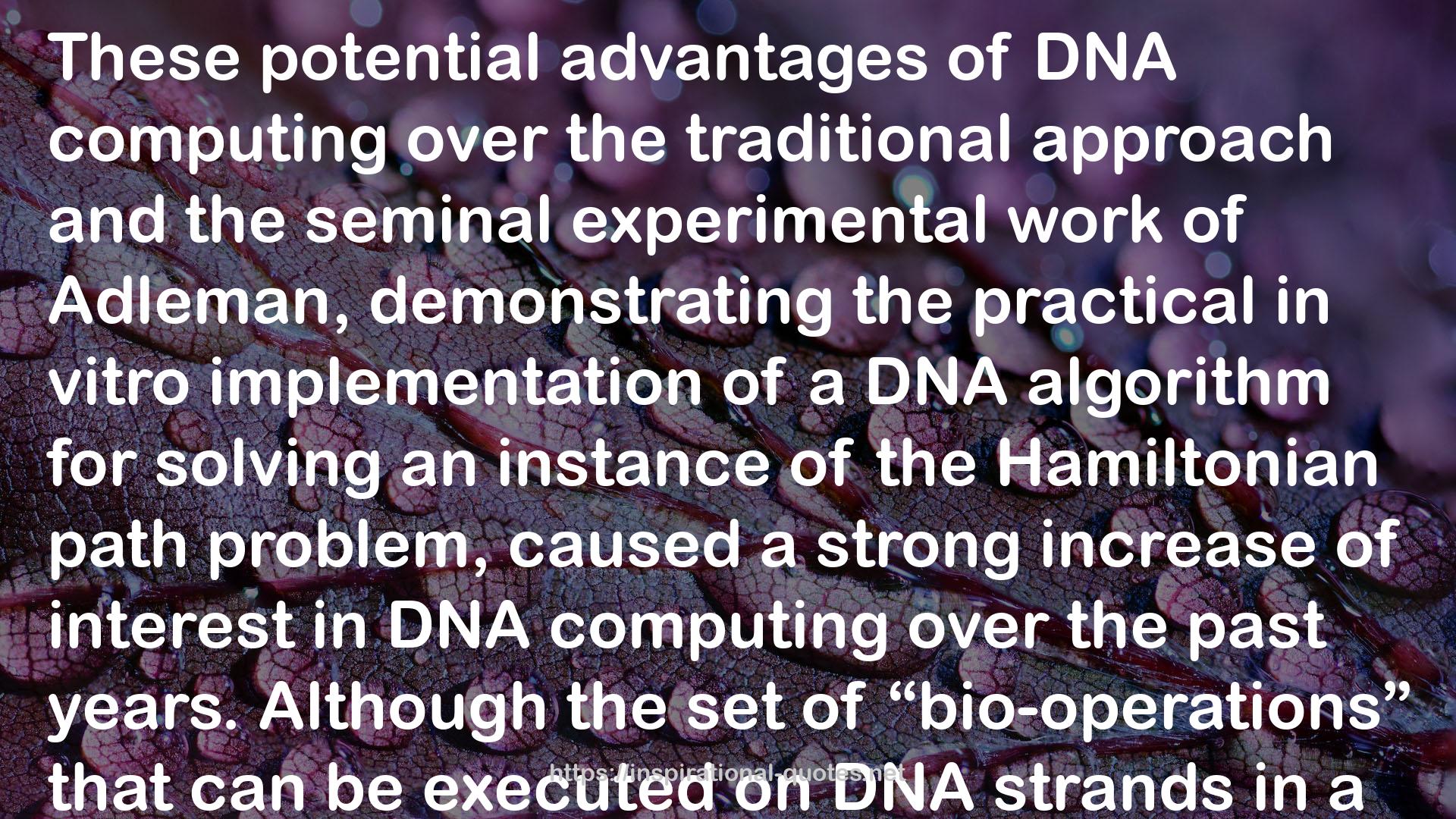Evolution as Computation: Dimacs Workshop, Princeton, January 1999 QUOTES
SOME WORKS
- Crown Duel (Crown & Court, #1)
- Determination (5k, Ballet, #2)
- Simply Magic (Simply Quartet #3)
- Twelfth Grade Kills (The Chronicles of Vladimir Tod, #5)
- More Than a Mistress (Mistress Trilogy #1)
- Looking for Alibrandi
- Floating in My Mother's Palm
- Assata: An Autobiography
- Palestine
- Millennium Approaches (Angels in America #1)

